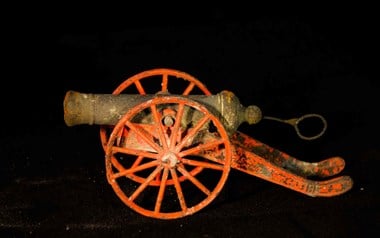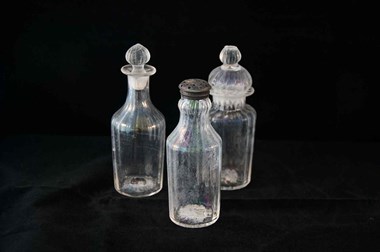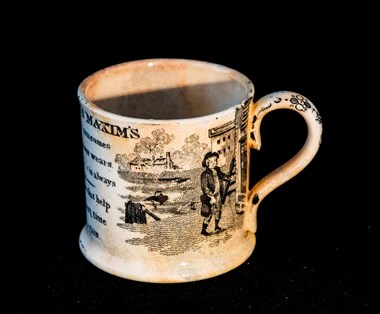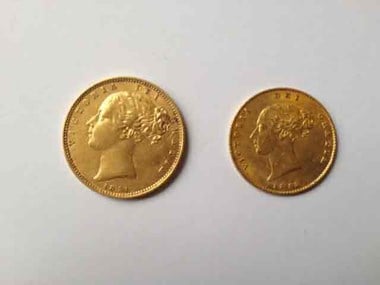Emigrant Ship en Route From London to New Zealand With Exceptionally Rare Ceramics on Board Now Protected
The wreck of a mid-19th century emigrant sailing ship transporting British people to New Zealand with a cargo of exceptionally rare ceramics on board has been granted protection by the Department for Culture, Media and Sport on the advice of Historic England.
The wreck of the British ‘packet’ boat Josephine Willis, with its large cargo of ceramics, many of which are unknown in current museum collections, has been protected by scheduling. This means that recreational divers can dive the wreck, but its contents are protected in situ. A ‘packet’ boat is a medium-sized wooden sailing ship commonly used in the 18th and 19th centuries for transporting people, mail and freight to Europe, North America, Australia and New Zealand.
The ship foundered 6.4km south of Folkestone Harbour in Kent following a collision with the steamer Mangerton on 3 February 1856. Seventy lives were lost including Captain Edward Canney. The ship lies in two parts on the seabed, 23 metres deep.
Some of the cargo of ceramics on board are still in their crates and several unknown patterns have been discovered on cups, plates and bowls which have no equivalents within museum collections.
There are also examples on the seabed of other patterns which were previously only known from ceramics that had been discarded at the kiln after becoming damaged or deformed during the firing process. The ceramics are all close in date and can be traced to three Staffordshire-based potteries – Mexborough, Charles Meigh, and Davenport.
The sinking of this passenger ship is a sad story of ordinary people being lost to the sea while taking the risk of a long journey to New Zealand in the search for a better life. The other side to this story is of the rare cargo on board which gives us clues to help improve our knowledge of the Victorian export ceramics industry in the mid-19th century. The 'Josephine Willis' fully deserves protection by scheduling.
I’m pleased the story of the loss of the 'Josephine Willis' is being told and that the shipwreck is being protected. I am continuing my research into the construction of the ship and the people who chartered it. I am also learning more about the lives of the crew and passengers; both those lost at sea in the tragedy and those who survived and later made it to their new lives on the other side of the world.
The wreck was identified by divers from Folkestone 501 diving club in 2018 and reported to Historic England via Wessex Archaeology.
Most of the ceramics being carried by ship were ordinary, affordable, mass-produced goods that most European settlers in New Zealand could at least aspire to own. However, being relatively plain they tended to be of little interest to collectors and are often absent from museum collections. So, these ceramics are both ordinary and special. Not only do they help shine a light on Victorian industry and trade and the lives of emigrants, but they also help fill important gaps in the collections that those museums preserve and display for us.
A selection of artefacts found in the wreck
Please click on the gallery images to enlarge.
Only one other record for a ship of this type is held on the National Record of the Historic Environment - the 1877 wreck of the iron-hulled sailing vessel Avalanche, which is located outside territorial waters off the coast of Dorset.
No plans of the Josephine Willis have been found to date. However, documentation relating to the role of the vessel as an emigrant packet, are known to survive within the National Library of New Zealand.
The wreck of the Josephine Willis together with the scheduled wreck of the clipper ship South Australian, located in the Bristol Channel off Lundy, hold the potential to add to our knowledge of emigration to Australia and New Zealand during the second half of the 19th century.













